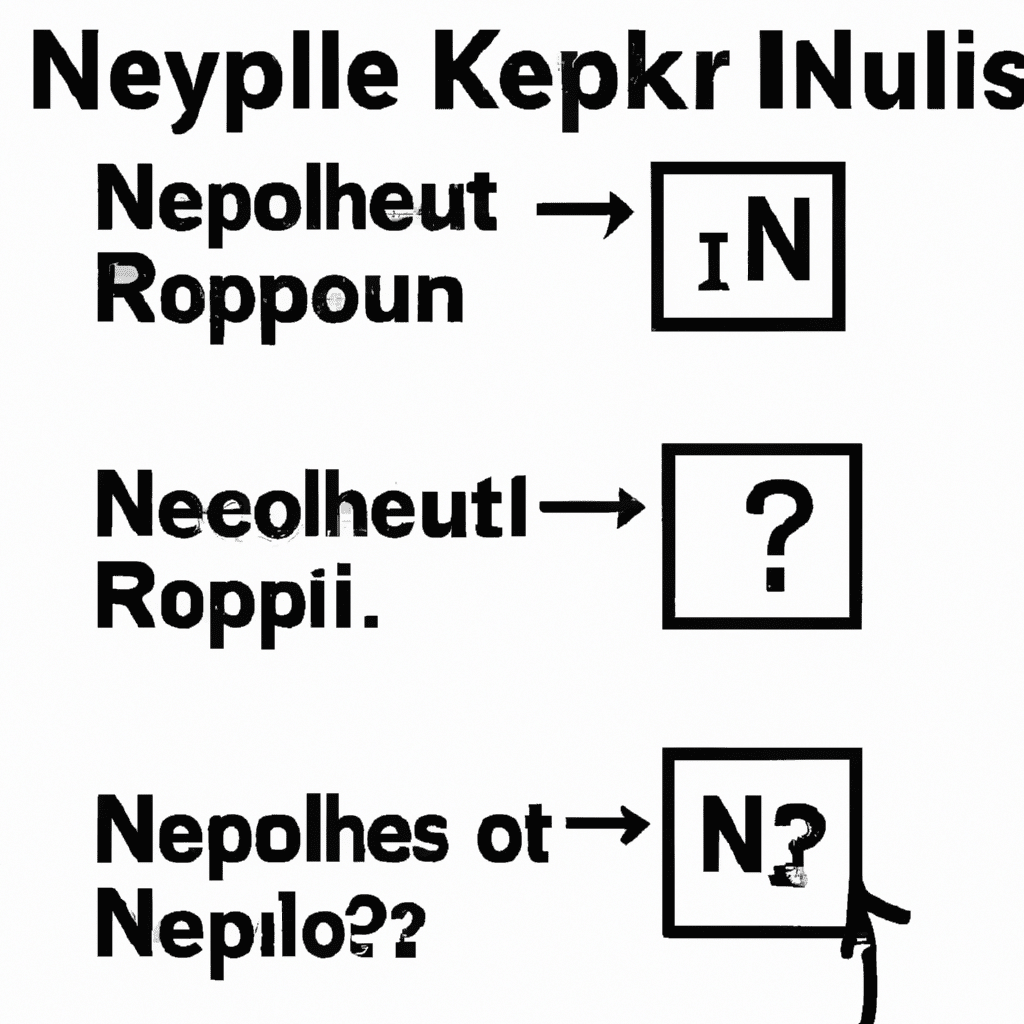Are you floundering when it comes to understanding how to accept or reject a null hypothesis? Don’t fret, we’ve got you covered! In this article, we’ll break down the basics and provide some tips and tricks to help you ace your null hypothesis testing!
A Surefire Way to Ace That Null Hypothesis Test!
Null hypothesis testing is a popular statistical method used to evaluate data. It’s made up of two components: the null hypothesis, which is a statement of “no effect” or “no difference”; and the alternative hypothesis, which states an effect or difference does exist. The goal of the null hypothesis test is to identify the most likely of the two hypotheses. To do this, you’ll need to consider the data you have available and make an educated decision about whether to accept or reject the null hypothesis.
In order to make an informed decision, it’s important to understand the basics of probability. Probability is a measure of how likely a given result is to occur. It’s usually expressed as a number between 0 and 1. If the probability of a result is 0, it means that it is impossible; if the probability of a result is 1, it means that it is certain.
So how do you use probability to accept or reject a null hypothesis? When conducting a null hypothesis test, you’ll need to calculate the probability of the data given the null hypothesis. If the probability of the data given the null hypothesis is greater than 0.05, then the null hypothesis can be accepted. However, if the probability of the data given the null hypothesis is less than 0.05, then the null hypothesis must be rejected.
Ready, Set, Reject (or Accept)!
Once you understand the basics of probability and how it applies to null hypothesis testing, you’ll be ready to accept or reject a null hypothesis. It’s important to remember that the probability of the data given the null hypothesis must be greater than 0.05 for the null hypothesis to be accepted. If the probability is less than 0.05, then the null hypothesis must be rejected.
In some cases, you may find that the probability of the data given the null hypothesis is close to 0.05. In these instances, it’s important to consider other factors. For example, if there are other sources of evidence that point to the alternative hypothesis, then you may feel inclined to reject the null hypothesis. In any case, it’s important to always explain your reasoning and provide evidence.
Null hypothesis testing can be intimidating, but it doesn’t have to be! With the tips and tricks outlined in this article, you’ll be able to confidently accept or reject a null hypothesis in no time. So get to it and ace that null hypothesis test!
